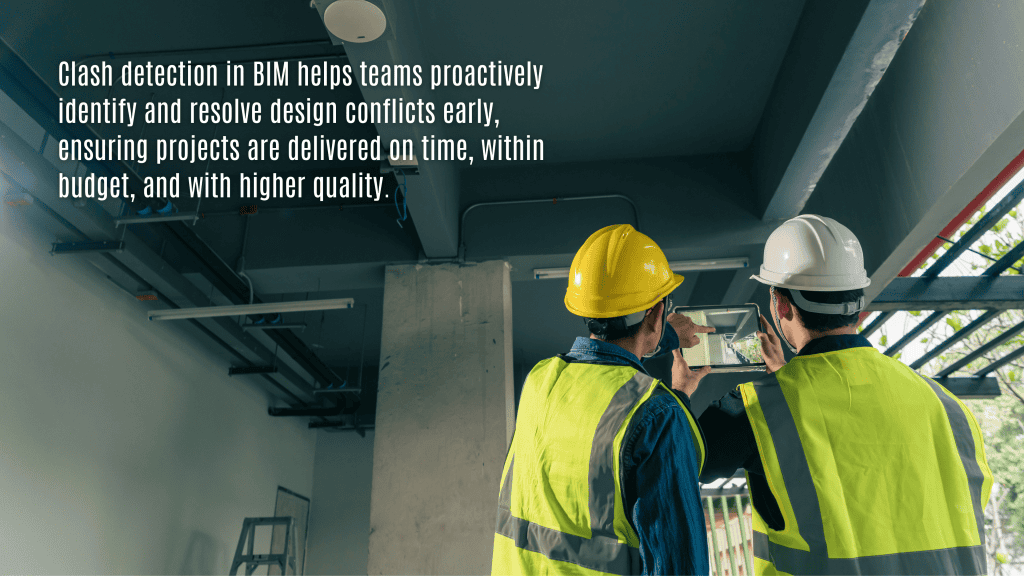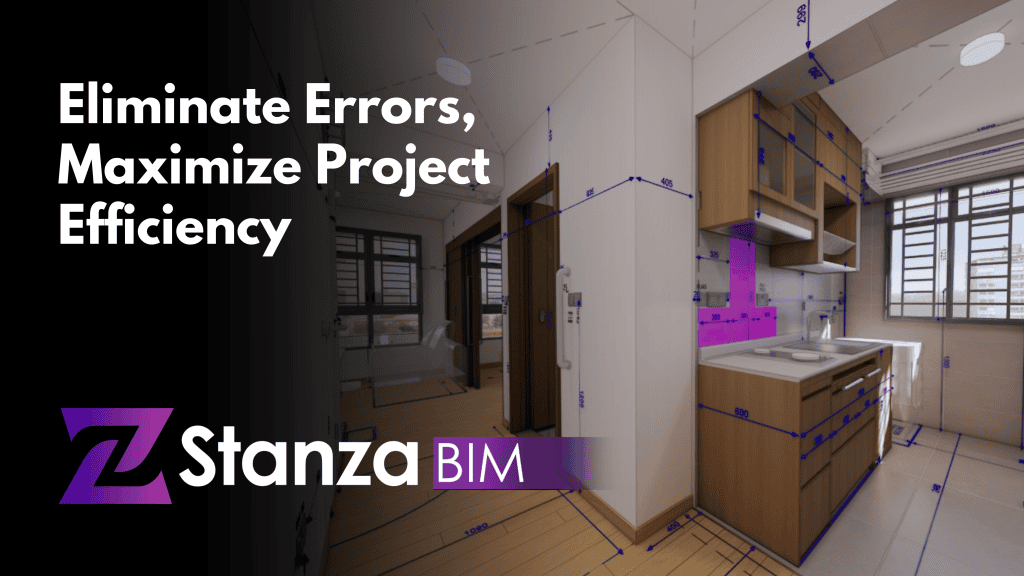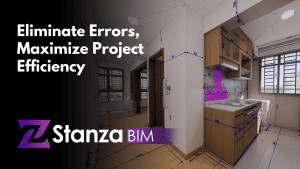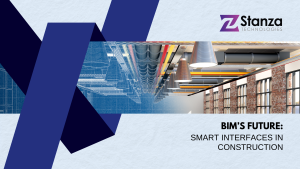Even the slightest mistake can have a significant impact on the construction industry. Schedule delays, higher expenses, and irate customers can result from a misaligned duct, an overlapping pipe, or a structural element placed incorrectly. These problems were typically only found on-site, when fixing them was already costly and time-consuming. These days, clash detection in Building Information Modeling (BIM) provides a more intelligent path forward, empowering you to take control and prevent these issues before they become costly.
Clash detection: what is it?
Finding conflicts in a project’s 3D digital model prior to construction is known as “clash detection.” These disputes, sometimes referred to as “clashes,” can manifest in a variety of ways:
- When two parts physically occupy the same area, such as a pipe passing through a beam, this is known as a Hard clash.
- Soft Clashes: These occur when clearance conditions are not fulfilled, such as when there is insufficient room for maintenance access.
- Workflow Clashes occur when there are scheduling conflicts, such as when two trades are scheduled to work in the same area at the same time.
By simulating and analyzing the project in a virtual environment, teams can resolve these issues early and avoid costly surprises in the field. The process involves identifying the clash, proposing alternative solutions, and implementing the best resolution, all within the BIM platform.
Why Clash Detection Matters
- Minimizes Costly Rework: Identifying and resolving clashes before construction reduces the risk of demolition, redesign, and budget overruns.
- Saves Time: Early detection streamlines workflows, ensuring fewer interruptions during construction.
- Enhances Collaboration: By working within the same BIM model, architects, engineers, and contractors can communicate and coordinate more effectively across disciplines. For instance, an architect can see how their design might clash with a structural element and make adjustments before construction begins, saving time and resources.
- Improves Project Quality: With fewer errors on-site, the final output is more precise, efficient, and client-focused.

The Bigger Picture
Clash detection is a proactive project management technique that goes beyond a simple quality check. By implementing clash detection, businesses foster a culture of ‘building it right the first time,’ ensuring a more seamless construction process while saving time, money, and resources. This proactive approach empowers you to be prepared and in control, even in the face of complex construction projects and increasing client expectations.
Conflict detection in BIM is becoming essential as construction projects become increasingly complex and client expectations rise. For businesses aiming to complete projects on time, within budget, and with outstanding quality, this tool has become essential.










